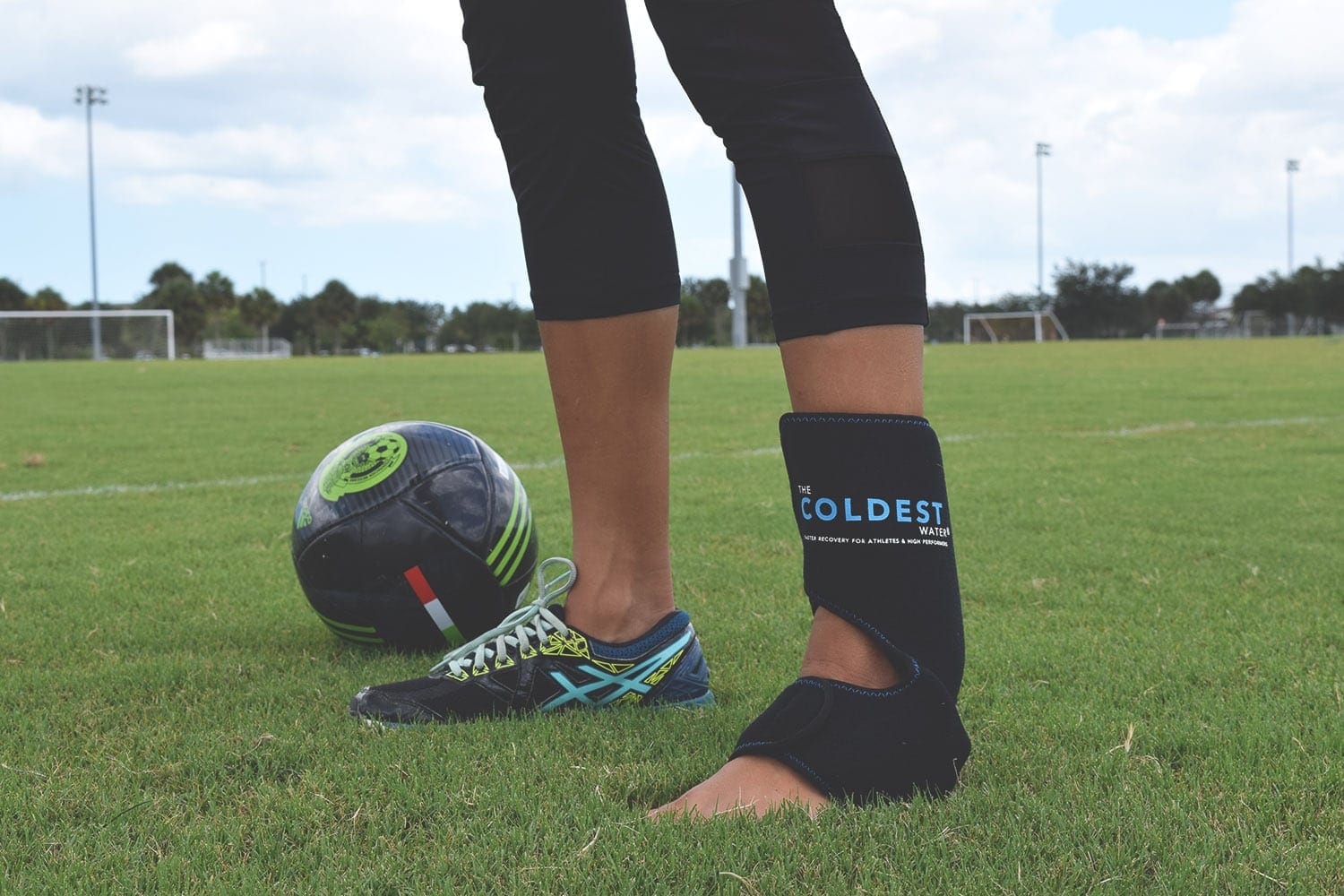Strains and Sprains Injuries
A sprain is an injury to a ligament. A thick, intense, sinewy tissue that associates bones together is a ligament. Generally injured ligaments are in the lower leg, knee, and wrist. The ligaments can be harmed by being extended excessively a long way from their typical position. The reason for having ligaments is to hold the skeleton together in a typical arrangement — ligaments counteract anomalous developments. Be that as it may, when a lot of power is connected to a ligament, for example, in a fall or in an accident, the ligaments can be extended or torn; this damage is known as a sprain.
A strain is an Injury to a tendon or muscle. Muscles move the skeleton in a stunning assortment of ways. At the point when a muscle contracts it pulls on a ligament which is thus associated with the bone. Muscles are designed to extend, however whenever extended excessively far, or whenever extended while getting, damage considered as strain may happen. A strain can either be an extending or tear of a muscle or a ligament.
Read More: The Coldest Ice Packs for Different Types of Injuries
SHOP NOW
Reasons for Sprains and Strains:
A sprain is brought about by a ligament being extended excessively far. Ligaments are solid and can enable a joint to move; however, they don’t have much versatility. This implies that when the ligament is extended excessively far, tears may happen. A ligament tear may be partial or complete. Commonly, doctors will show the seriousness of the damage by reviewing the ligament injury. Grade 1 and 2 wounds are generally partial or incomplete wounds to the ligament, while grade 3 injury is generally a complete tear.
Strains are wounds to muscles or the ligaments that connect muscles to the bones. By pulling excessively far on a muscle, or by extending a muscle one way when it contracts (an ‘ eccentric constriction’) in the other bearing can cause wounds inside the muscle or a tendon. Strains can likewise be brought about by endless exercises that build up an overstretching of the muscle strands.
Numerous games place members in danger for sprains and strains; these incorporate football, b-ball, volleyball, gymnastics, and numerous others. These wounds likewise frequently happen in daily regular exercises, for example, a fall on the wrist, a slip on ice, or sticking a finger. Monotonous exercises may likewise lead to a sprain or strain.
Read More: Ten Knee Injuries Frequently Happening Around

SHOP NOW
Indications of Sprains and Strains:
The most widely recognized manifestations of a sprain or strain are:
-
Agony at the area of the damage.
-
Bruising or swelling of the harmed region.
-
Trouble bowing a harmed joint.
-
Spasm of a harmed muscle.
Side effects will differ with the severity of the damage. In the event that you are uncertain of the damage or of the seriousness of the condition, you should look for expert assistance from an athletic coach, physical adviser, or restorative expert.
When to Seek Help?
Realizing when to find help is imperative. Numerous sprains and strains can be handled with straightforward strides alone, however you ought to make certain something progressively genuine isn’t causing the agony. Here are a few signs that one may require help with the condition:
-
You have serious pain and can’t put weight on the harmed region.
-
The harmed region looks distorted when contrasted with the contrary side.
-
You are unable to move the harmed region.
-
You can’t walk due to torment.
-
Your appendage clasps or gives way during an endeavor to move.
-
You’ve harmed this part previously.
-
You have serious swelling or swelling that doesn’t heal with rest or elevation.
SHOP NOW
Treatment Steps:
Treatment of sprains and strains is regularly cultivated with the “RICE” technique. On the off chance that you are uncertain of the seriousness of a sprain or strain, discuss the matter with your specialist before starting any treatment or recovery. Coming up next is a clarification of the RICE technique for treatment of sprains and strains:
Rest:
The initial 24 to 48 hours after the damage is viewed as a basic treatment period and exercises should be reduced. Step by step utilize the injured limit as much as endured, by the endeavor to maintain a strategic distance from any exercises that cause torment. Frequently utilizing a sling, crutch or splint is important to properly rest the harmed body part.
Ice:
For the initial 48 hours post-damage, use Ice Pack on sprain or strain for 20 minutes after 3-4 hours. The ice pack is a sack of solid ice cubes or even frozen foods, enabling you to most likely re-utilize the sack. Another well-known treatment strategy is to fill water in paper mugs and then solidify it. Utilize the solidified cup like frozen custard, stripping without end the paper as the ice dissolves. Try not to ice a sprain or strain for over 20 minutes on end!! You won’t help mend the damage any quicker, and you can harm the body.
Read More: Treating Sports Injuries with Ice Pack and Heat Pack

SHOP NOW
Compression:
Use compression while hoisting a sprain or strain in initial treatment. Utilizing an Ice Pack, wrap the region with the help of straps connected with the bandage. The wrap ought to be cozy, yet not slicing off dissemination to the furthest point. Along these lines, if your fingers or toes end up chilly, blue, or shiver, re-wrap!
Elevate:
Keep the sprain or strain as most ideal — attempt to keep it higher than the heart if you can. Elevate during the evening by putting pads under the arm or leg.



















